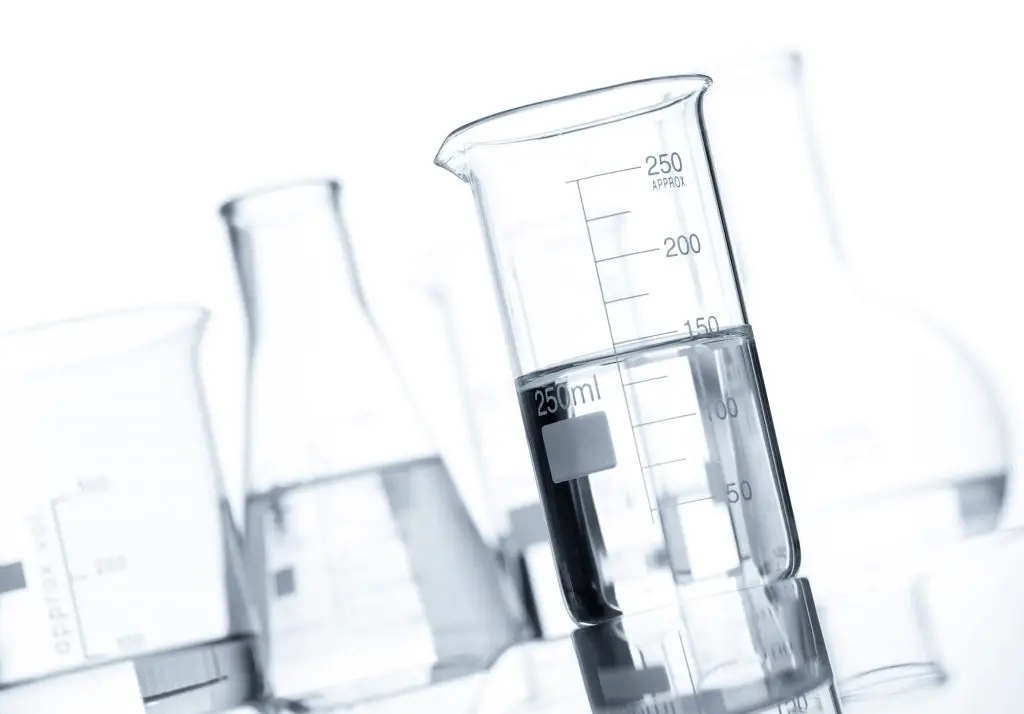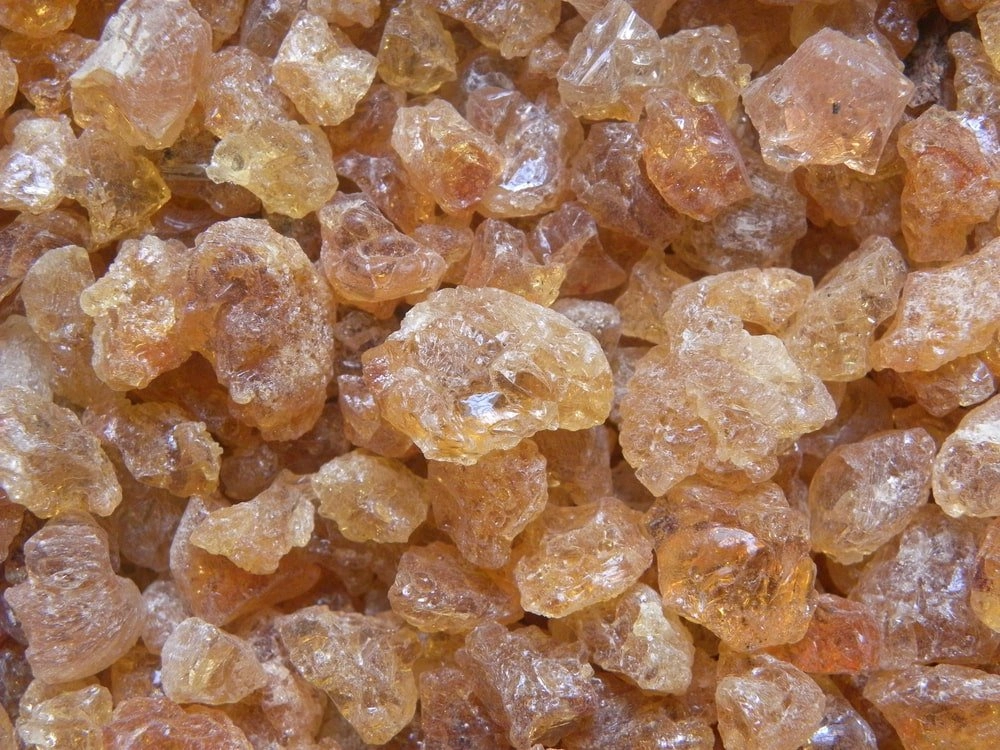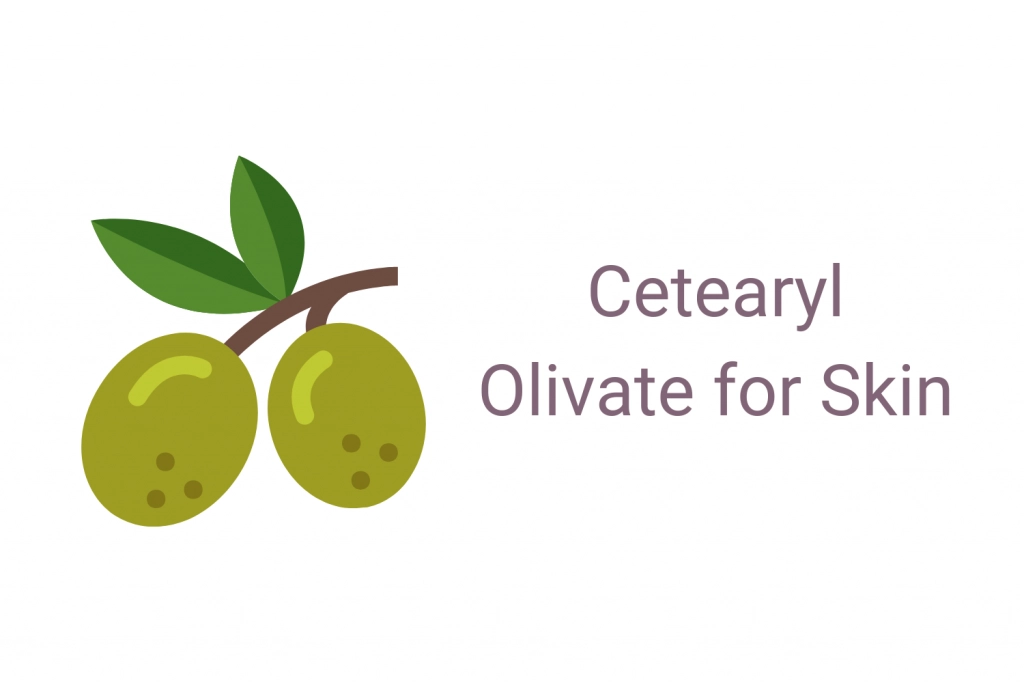If you’ve ever browsed the ingredients on the packaging of any cosmetics, skincare items, or hair products, you’ll probably have seen cetyl ethylhexanoate listed.
This post may contain affiliate links. Read the full disclosure here
It is a common ingredient in many items you may have used, including lip liner, eye shadow, makeup remover, lipstick, masks, blusher, anti-aging treatments, foundation, hair conditioner, facial moisturizers, and more.
Cetyl ethyhexanoate is considered safe to use for all skin types. It offers skin conditioning, soothing, and hydrating benefits. It’s also useful in formulations as a film former and texture enhancer.
What is Cetyl Ethylhexanoate?
Its chemical name is Hexadecyl 2-Ethylhexanoate (molecular formula: C24H48O2) and it is a synthetic ester (an organic compound that is formed when an alcohol and an acid combine, releasing water) of cetyl alcohol + ethylhexanoic acid.
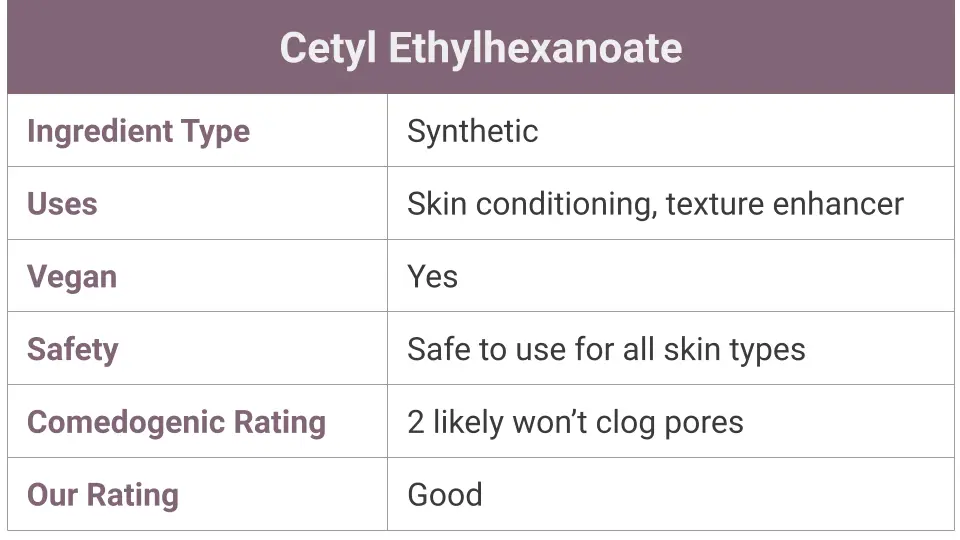
PubChem “an open chemistry database at the National Institute of Health (NIH)” offers a range of synonyms for the chemical, which may be helpful in identifying it on packaging. Other names for the compound include: Pelemol 168, 2-Ethylhexanoic acid cetyl ester, Perceline oil, and Lanol 1688 (Salt/Mix).
Cetyl alcohol, one of the ingredients used to make cetyl ethylhexanoate, is a fatty alcohol that doesn’t sound particularly pleasant, especially as we’re often told that alcohol is very drying for our skin, but fatty alcohols are different. Before you decide that anything containing cetyl ethylhexanoate shouldn’t go anywhere near your skin, well-known natural fatty alcohols include jojoba oil and beeswax, both of which are soothing and healing for sensitive and irritated skin.
Among other uses, fatty alcohols are used to thicken emulsions and as a raw material for producing cosmetic emollient esters, as in this case with cetyl ethylhexanoate.
Cetyl Ethylhexanoate Skin Benefits
This ingredient is used widely in cosmetics because it can improve how your cosmetics feel and how creams flow across your skin.
From a manufacturers’ point of view it is odorless and colorless and, therefore, combines well with fragrances and product colors, without affecting either.
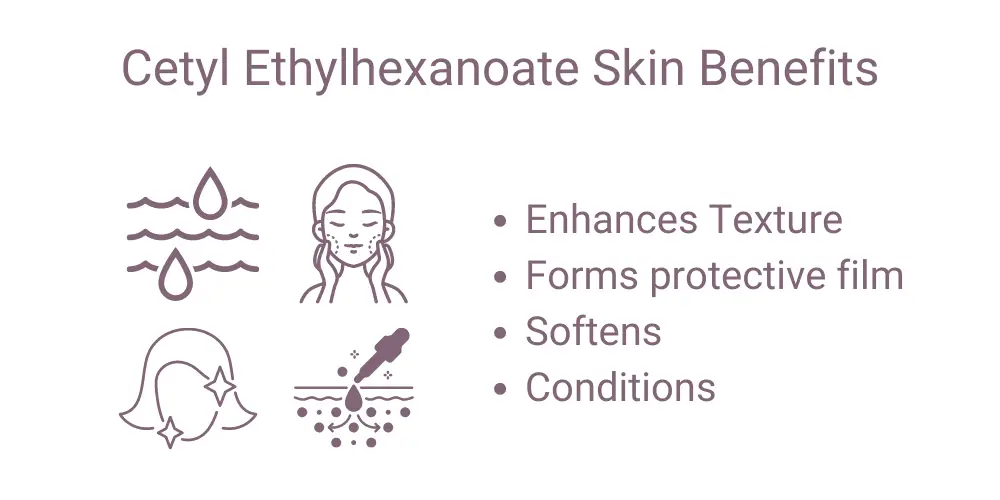
Enhances Texture
Cetyel ethylhexanoate isn’t soluble in water, but it combines well with synthetic oils and fats, as well as mineral oils and vegetable oils. This means it is often used as a base for cosmetics as it can thicken products and ensure the perfect texture and feel.
Film Forming
You’ll find cetyl ethylhexanoate in hair care products, including conditioners, as it smooths cuticles and coats the hair with a protective film. This makes it easier to detangle hair. The final finish after using is shiny and glossy, without feeling greasy or heavy.
Softens and Conditions
In skincare, it is an emollient, soothing, and softening skin. It is a skin conditioning agent that soothes, smooths, and lubricates your skin, leaving a lovely soft and silky feel, when applied and, as we’ve said above, it helps to keep your skin moisturized, containing your skin’s natural moisture.
Cetyl Ethylhexanoate Comedogenic Rating
While some people may be sensitive to cetyl ethylhexanoate, it has a an FDA comedogenic rating of only 2 out of 5, which means ‘moderately low’ so it should be safe for most people.
Cetyl ethylhexanoate has a low chance of clogging your pores so it’s not a big concern for acne and blemish-prone skin.
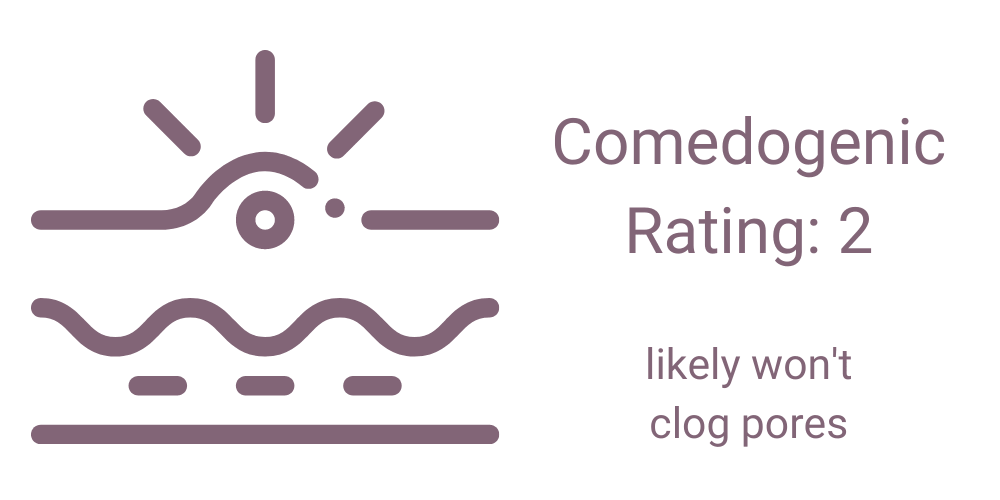
Is Cetyl Ethylhexanoate Safe for Skin?
In December 2015, the Cosmetic Ingredient Review (CIR) Expert Panel examined sixteen alkyl ethylhexanoates, including cetyl ethylhexanoate, in a report named “Safety Assessment of Alkyl Ethylhexanoates as Used in Cosmetics”.
From the report:
“The dermal irritation of cetyl ethylhexanoate was evaluated by applying 0.05 g of undiluted test article on a 15-mm patch to 50 male individuals.37 The patches were removed after 48 hours, and the test sites scored 30 minutes later. Undiluted cetyl ethylhexanoate was mildly irritating (defined as producing 10%-40% positive reactions) to human skin.”
The panel came to the conclusion that these chemicals are “safe in cosmetic formulations in the present practices of use and concentrations when formulated to be non-irritating.”
In other words, cetyl ethylhexanoate was found to be only mildly irritating even when not diluted at all, and if used correctly in cosmetics in a small enough amount, should be perfectly safe for most people’s skin.
A report from the European Chemical Agency (ECHA) also backed this research, with the conclusion that; “According to the notifications provided by companies to ECHA in REACH registrations no hazards have been classified.”
Of course, that doesn’t mean that no one is allergic to the compound or that consumers shouldn’t do a patch test before using new cosmetics with cetyl ethylhexanoate, but generally, most people will be able to use cosmetics containing it, without any problems.
Any Other Considerations?
Cetyl alcohol is formed from palm oil, by a reduction of palmitic acid. Palm oil in itself isn’t the problem. It comes from the oil palm tree, which is a perfectly natural crop, but the problem comes in the way that these trees are often grown. Some producers cut down biodiverse forests, including the Amazon rainforest to create enough space to grow these trees. This deforestation leads to habitat destruction for some endangered species, such as the Sumatran rhino and the Orangutan. Deforestation also contributes to climate change, through the loss of trees that would have absorbed carbon dioxide, among other things.
As if that wasn’t bad enough, some producers have also been linked to child labor and worker exploitation. Charities such as the World Wildlife Fund and Greenpeace have been campaigning to produce palm oil more sustainably for these reasons.
Using a cosmetic made from palm oil is problematic. There’s no denying that. However, you can make a difference by carefully choosing where to shop and by only buying items where you know that the palm oil is produced with care for the environment and the workers.
Is It a Good Ingredient?
With the conclusions from both the CIR and ECHA that cetyl ethylhexanoate is safe for use that’s one thing there’s no need to worry about when using cosmetics containing this ingredient. It is also odorless, making it a good ingredient for anyone with sensitivities to perfumes.
Add in improvements in skin moisturizing and softening, and cetyl ethylhexanoate does provide a safe and beneficial cosmetic ingredient.
Related Ingredients:

